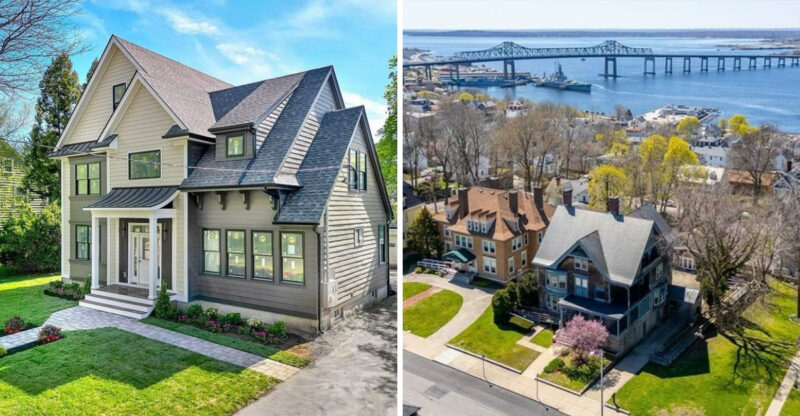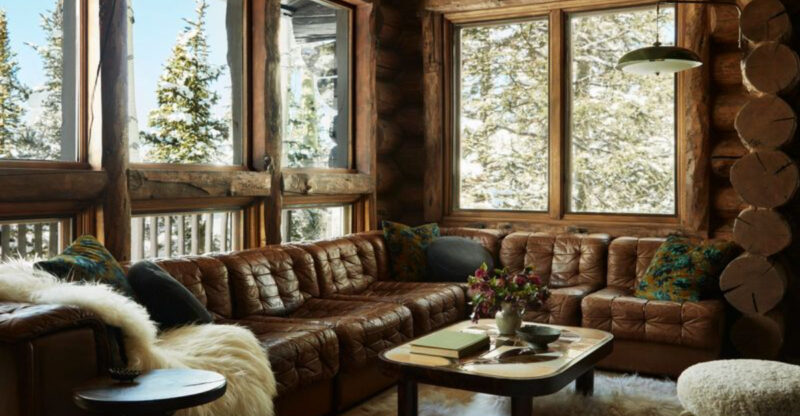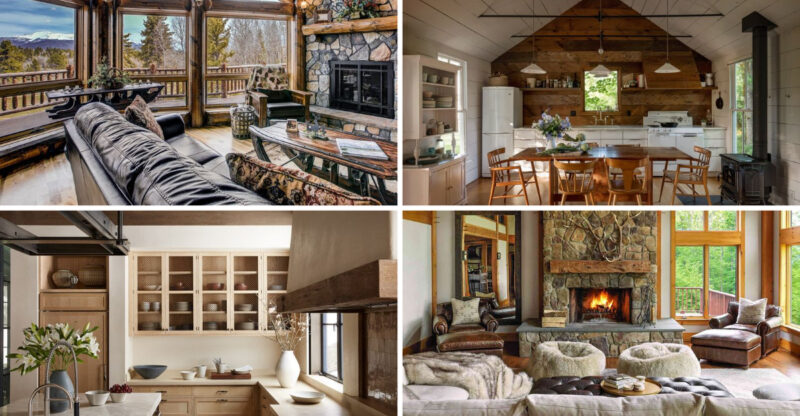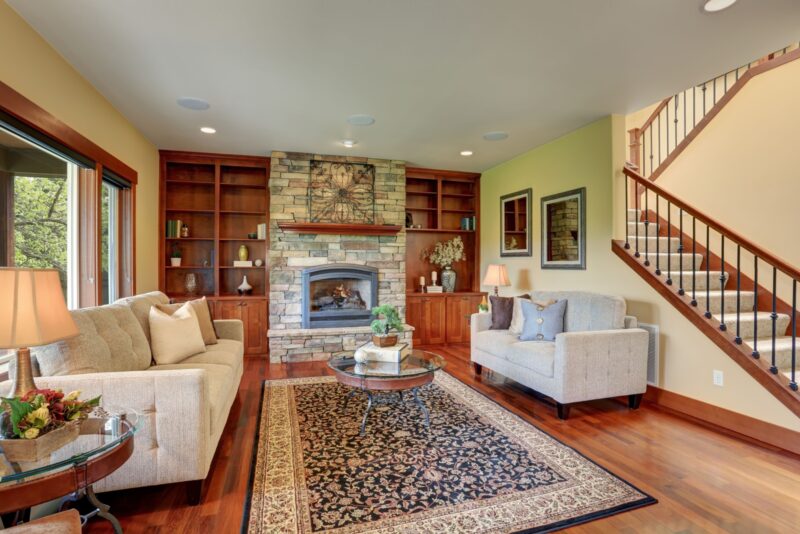11 New Mexico House Styles Forecasted To Decline In Demand By 2030
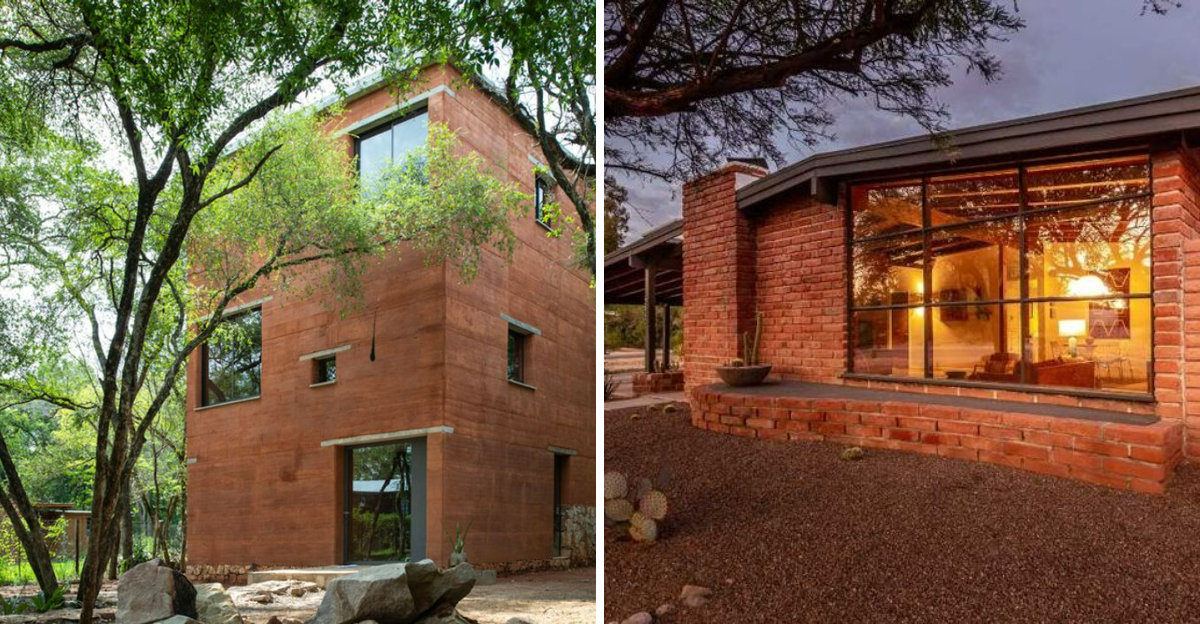
New Mexico’s housing market is changing fast. Some classic home styles that once drew buyers are now losing their appeal.
Rising maintenance costs, energy concerns, and shifting tastes mean certain architectural designs may struggle to attract interest by 2030.
1. Traditional Adobe Homes
Mud walls and rounded edges define this iconic style, but I’ve noticed they crack easily when temperatures shift. Repairs require specialized skills that cost more than standard fixes.
Younger buyers want homes that don’t demand constant attention. Energy bills also run high without modern insulation upgrades, making these properties less attractive for budget-conscious families.
2. Pueblo Revival Ranch Houses
Sprawling single-story layouts once seemed perfect for family living. Now, those divided rooms feel outdated compared to open floor plans everyone loves.
Heating and cooling all that space gets expensive fast. I find that buyers prefer compact, efficient designs over homes with hallways connecting every room. Sustainability matters more than ever today.
3. Territorial Style Haciendas
Grand courtyards and formal layouts scream old-world elegance, but they also demand huge properties. Maintaining all that land takes serious money and time.
Water-intensive landscaping clashes with drought concerns across the Southwest. Rigid room arrangements don’t adapt well to modern work-from-home needs or flexible living spaces that families crave.
4. Mid-Century Modern Desert Homes
Built during the 1950s and 60s, these homes boast cool geometric lines. Unfortunately, single-pane windows and outdated wiring make them energy hogs.
Renovating while keeping the original character costs a fortune. I see many buyers skip these properties because updating electrical systems and insulation requires major investment without guaranteed returns.
5. Spanish Colonial Reproductions
Mass-produced in the 80s and 90s, these homes tried copying historic designs but used cheaper materials. Heavy ornamentation looks impressive at first glance.
Materials deteriorate faster than authentic older buildings, creating constant repair headaches. I’ve noticed buyers prefer genuine historic properties or simpler modern designs over these imitations that lack true character.
6. Flat-Roof Stucco Boxes
Simple rectangles with flat roofs seemed economical when built. Drainage problems plague these designs during heavy rains, causing leaks and water damage.
Bland exteriors lack the personality buyers seek in 2025. I find that people want homes with character, not generic boxes. Repair costs add up quickly when roofs fail prematurely.
7. Faux-Adobe Tract Homes
Developers slapped synthetic stucco on standard frames to mimic adobe charm. These cookie-cutter neighborhoods offered affordable entry points decades ago.
Fake vigas and painted-on details fool nobody anymore. I see buyers seeking authenticity over imitation, especially when resale values stagnate. Poor construction quality in many developments creates ongoing maintenance nightmares for owners.
8. Passive Solar Homes with Dated Technology
Designed in the 70s and 80s, these homes embraced early green technology. Massive south-facing windows and thermal walls seemed revolutionary then.
Modern solar systems outperform these dated approaches significantly. I notice buyers prefer current energy solutions over retrofitting old passive designs. Awkward layouts built around sun angles limit furniture placement and room functionality.
9. Earth-Sheltered Bermed Houses
Partially buried homes promised energy savings through earth insulation. Dark interiors and limited natural light create depressing living spaces though.
Moisture problems develop easily in underground construction. I find that most buyers want bright, airy homes instead of cave-like dwellings. Resale markets for these unusual properties remain extremely limited today.
10. Rammed Earth Experimental Homes
Compressed earth walls create striking visual patterns and promise sustainability. Finding contractors who understand this specialized construction proves nearly impossible.
I’ve noticed insurance companies hesitate to cover non-traditional building methods. Resale buyers worry about unknown long-term durability. Banks often refuse mortgages on experimental construction, limiting your potential buyer pool dramatically.
11. Shipping Container Homes
Repurposed containers seemed like affordable, eco-friendly solutions. Metal boxes conduct heat and cold terribly, creating uncomfortable indoor temperatures.
I’ve seen condensation issues ruin interiors within years. Resale values remain unpredictable for these experimental dwellings. Most buyers prefer traditional construction over industrial containers that feel temporary, regardless of actual structural integrity or creative design.

